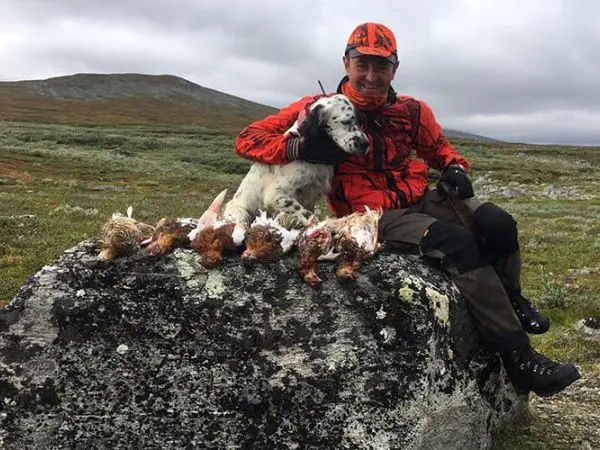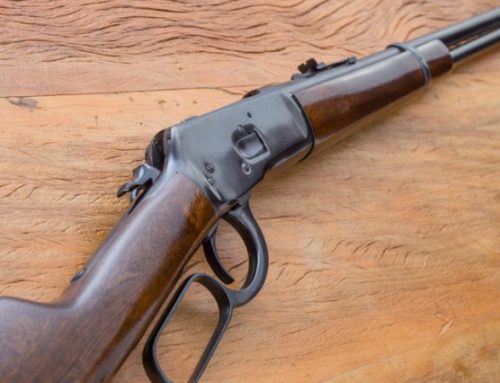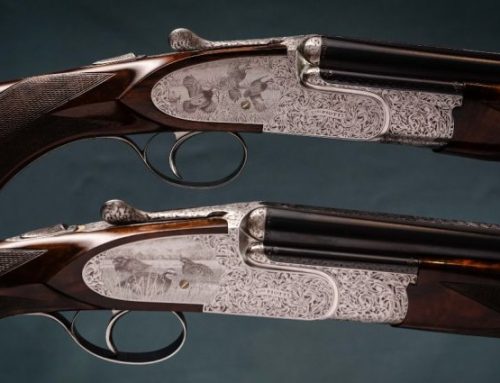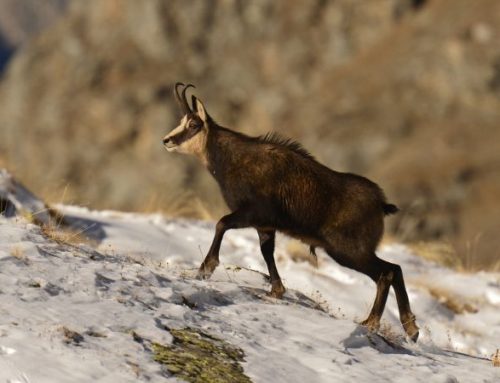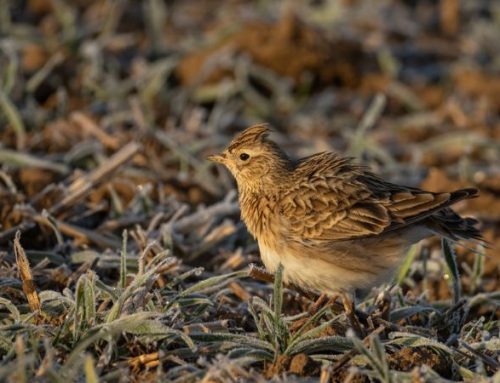Hunting in Lapland is truly a paradise for those who dream of an escape into nature’s untouched embrace, a place where the hunter becomes a part of the landscape itself, woven into the wild tapestry of the far north.
In this boundless wilderness, those who shoulder a rifle feel as though they have stepped into an awe-inspiring nature documentary, where every rustle of leaves, every distant call, brings them closer to the pulse of the land.
Lapland offers hunters a vast expanse of pristine terrain, a sanctuary where the only tracks in the snow or rustling in the underbrush belong to the creatures that have roamed these lands for centuries. As dawn breaks, the first golden light touches the rugged hills and dense forests, transforming them into a world painted with hues of deep greens, soft grays, and icy blues. In this ethereal light, hunters set forth into a landscape that feels almost otherworldly, shaped by the Arctic winds and kissed by the northern sun.

Lapland’s beauty lies not just in the thrill of the hunt but in the profound peace and wonder it instills. Here, hunters find themselves breathing in the crisp, clean air, feeling the crunch of moss and lichen underfoot, and pausing to listen to the haunting silence, punctuated only by the soft cooing of grouse or the wind through the pines. Each day spent in Lapland’s wilderness offers something more than the pursuit—it is a journey into the soul of the land itself.
And as the sun dips below the horizon, casting a soft twilight glow, hunters return with hearts full of gratitude and a newfound respect for the vast, wild beauty of Lapland. For those who are drawn to the call of the wilderness, hunting in Lapland is not merely a sport but a deeply moving experience, one that etches itself into memory as an encounter with the sublime, a true paradise for the hunter’s spirit.
No, it’s not a dream, but the reality that each hunter can experience by organizing a hunting trip to discover Swedish Lapland.
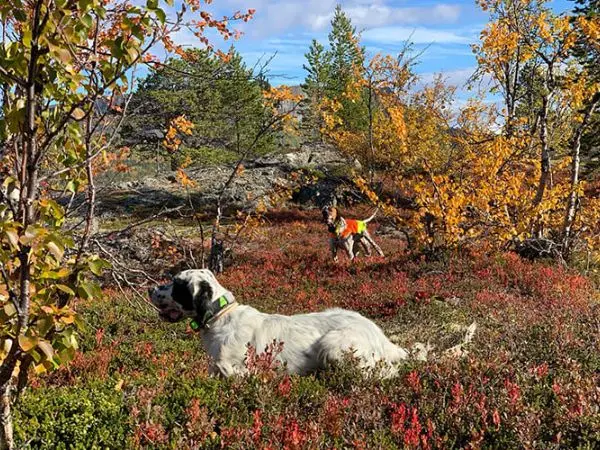
Escaping the heat and coming face to face with this magnificent game is a thrilling prospect for hunting enthusiasts. Organizing a trip away from the Mediterranean heat, especially in the summer months, is sure to excite the imaginations of those passionate about hunting.
Swedish Lapland attracts hunters primarily in search of the willow ptarmigan and untouched locales. Here are the types of hunting you can pursue:
– Capercaillie hunting
– Black grouse hunting
– Hazel grouse hunting
– Woodcock hunting
– Rock ptarmigan hunting
– Willow ptarmigan hunting
The hunting season for grouse runs from August 25 to October 25 (subject to local regulations). This family includes the ptarmigans, capercaillie, and black grouse.
The name “grouse” is derived from the word “tetra,” meaning “four,” a nod to the unique structure of their legs, which feature four clawed toes, partially webbed together. This adaptation is essential to the grouse’s survival in the snowy landscapes of Swedish Lapland, where deep snow covers the ground for much of the year. The webbed toes allow them to walk more easily across snow and soft terrain, much like natural snowshoes, preventing them from sinking too deeply into the drifts as they search for food.
Swedish Lapland is home to several species of grouse, each with unique characteristics that make them well-suited to the harsh northern environment. The willow ptarmigan, for instance, is particularly iconic in these regions. In winter, its feathers change to a pure white, providing camouflage against predators in the snow-covered landscape, while in summer, it shifts to mottled brown and white, blending seamlessly with the earthy hues of the tundra. This species is known for its resilience, surviving on buds, twigs, and even bark during the long winter months when other food sources are scarce.
Another resident of these Arctic forests is the black grouse, a striking bird with glossy black plumage and a distinctive fan-shaped tail in males. These birds are perhaps most famous for their courtship displays, where the males gather in open spaces to perform elaborate dances known as “leks,” strutting and fanning their tails to attract females. In the stillness of the Lapland wilderness, the sounds of their calls echo through the early morning air, adding a touch of drama and allure to the landscape.

Finally, the hazel grouse, smaller and more delicate, prefers the dense underbrush and is often challenging to spot due to its excellent camouflage and skittish nature. Known for its soft whistling call, the hazel grouse is an especially rewarding sight for those who venture deep into the forests and have the patience to seek it out.
Together, these grouse species form a fascinating part of the Swedish Lapland ecosystem, each contributing to the richness and diversity of life in this northern wilderness. Hunters and nature enthusiasts alike are drawn to the challenge of spotting or hunting these elusive birds, whose adaptations and behaviors make them masters of survival in one of the world’s most unforgiving environments.
Swedish Lapland offers untouched environments rarely frequented by tourists with a passion for hunting. The abundance of game birds is one of the main reasons that encourage such a journey.
The abundance of willow ptarmigan, both the northern and arctic varieties, is remarkable.
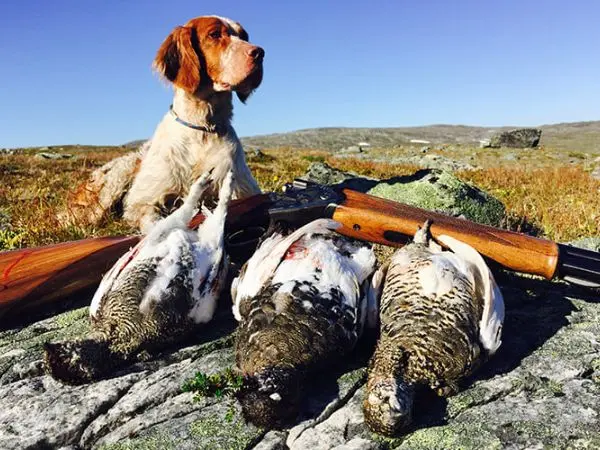
The experience that the hunter, as well as their companions, will have the opportunity to enjoy will be unforgettable, with images of enchanting landscapes remaining indelible.
Hunting mostly takes place in forests, rich in conifers and birches, with a characteristic undergrowth of junipers, dwarf birches, and blueberries. These vast clearings, common in the tundra, are accompanied by marshy habitats situated in mainly flat or hilly terrains.
This environment will give you the chance to encounter ptarmigans, hazel grouse, capercaillie, and black grouse, testing you, your dog, and the bond you have established.

And, if with autumn approaching the forest looks like a painted masterpiece, the high mountains resemble a paradise every hunter would want to wake up in. Despite the adverse weather conditions, the colors of nature here are even more intense.
The environment is typical of high altitudes, with rocky expanses stretching as far as the eye can see, interspersed with small streams descending from glaciers, small lakes, and a few hardy tufts of grass resisting the icy wind.
The mountainous zone begins where the trees end, and this is the perfect habitat for organizing ptarmigan hunts.
Hunting in one of the northernmost regions of Europe is not a destination for those who find enjoyment in merely shooting; rather, these are territories that fully satisfy hunting dog enthusiasts who are willing to fully engage, accepting the challenge that these elusive and wild birds present to your dogs, even testing the most seasoned ones.
The dog will need to have initiative, the courage to roam, explore the unknown, and face situations different from the everyday, all while maintaining maximum silence and harmony with the handler.
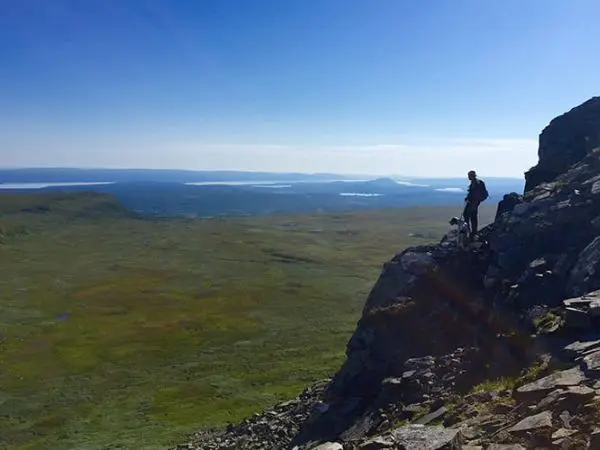
For those who decide to embark on a hunting trip in Lapland, all hunting permits and necessary arrangements will be provided. You will be accompanied by expert guides throughout the entire days, with or without your dogs.
It is said that those who return from a journey are not the same as those who left.
This will undoubtedly be true for those returning from this hunting experience, having pushed themselves beyond not only geographical borders but also their personal limits.
With that said, all that’s left is for you to set off!

